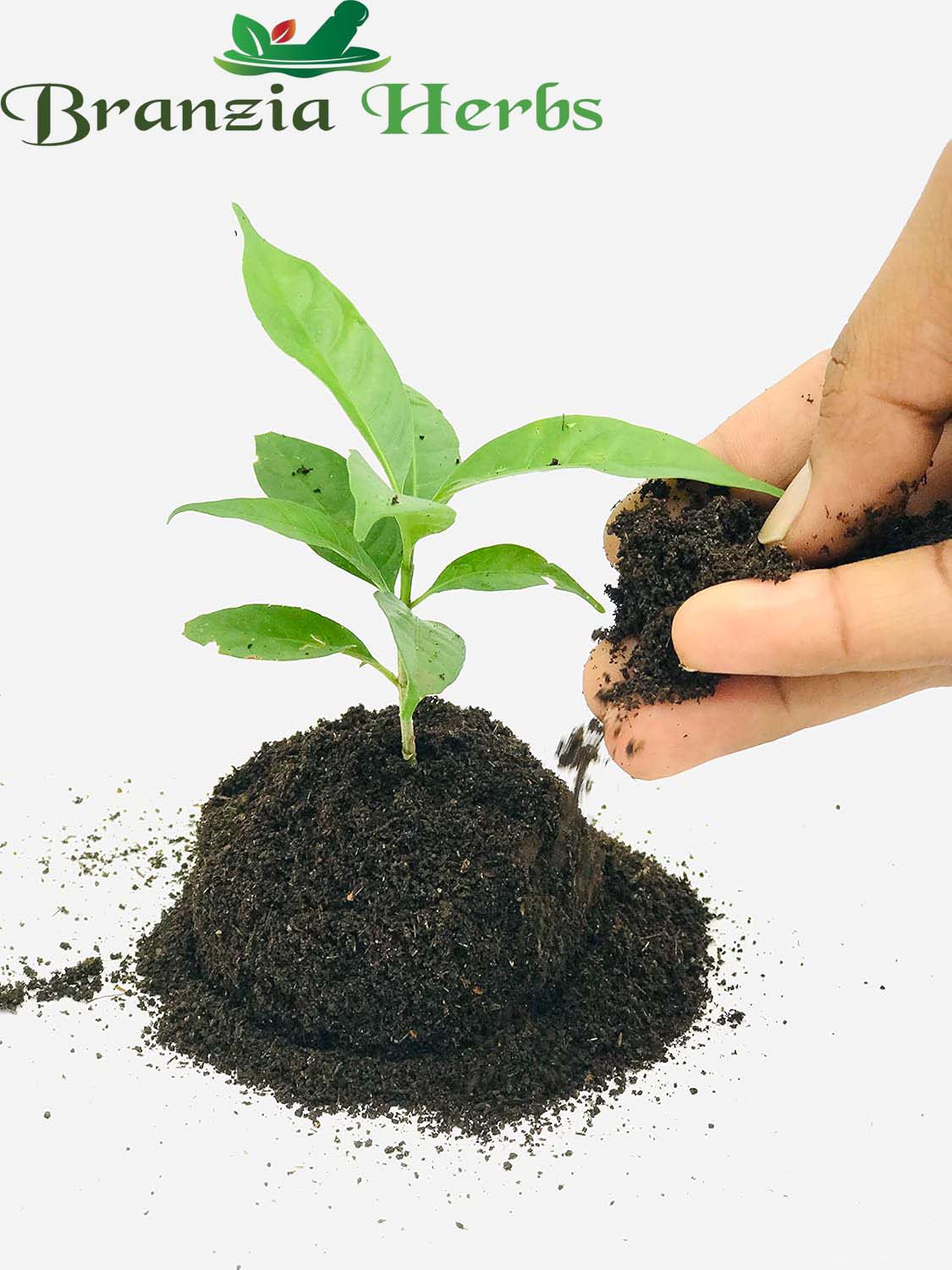Description:
-
Appearance: Ashwagandha is a shrub that typically grows up to 1.5 meters (5 feet) tall. It has small, greenish-yellow flowers and produces round, orange-red berries. The root is the part most commonly used for medicinal purposes.
-
Flavor: The root has a somewhat bitter, earthy taste.
Uses:
-
Traditional Medicine: Ashwagandha is used for its adaptogenic properties, which help the body cope with stress and improve overall vitality. It is used in a variety of Ayurvedic formulations for its broad therapeutic benefits.
-
Culinary Uses: Less commonly used in cooking but available in various supplement forms.
Benefits:
-
Stress Reduction: Known for its ability to help the body adapt to stress and reduce anxiety.
-
Improved Sleep: Often used to improve sleep quality and manage insomnia.
-
Enhanced Vitality: Supports overall energy levels, stamina, and endurance.
-
Cognitive Health: May support cognitive function and memory.
-
Immune System Support: Strengthens the immune system and helps combat fatigue and weakness.
Preparation:
-
In Medicine: The root is usually dried and ground into a powder, which can be taken as a supplement or mixed with other ingredients. It can also be used to make tinctures, capsules, and extracts.
-
In Supplements: Available as powders, capsules, and extracts for convenience.
Storage:
-
Powdered Root: Store in an airtight container in a cool, dry place away from light to maintain potency.
-
Capsules and Extracts: Follow specific storage instructions, generally keeping them in a cool, dry place.
Note:
Ashwagandha is generally safe for most people when used as directed, but it’s important to consult with a healthcare provider before starting any new supplement, especially if you have existing health conditions, are pregnant, or are taking other medications.







